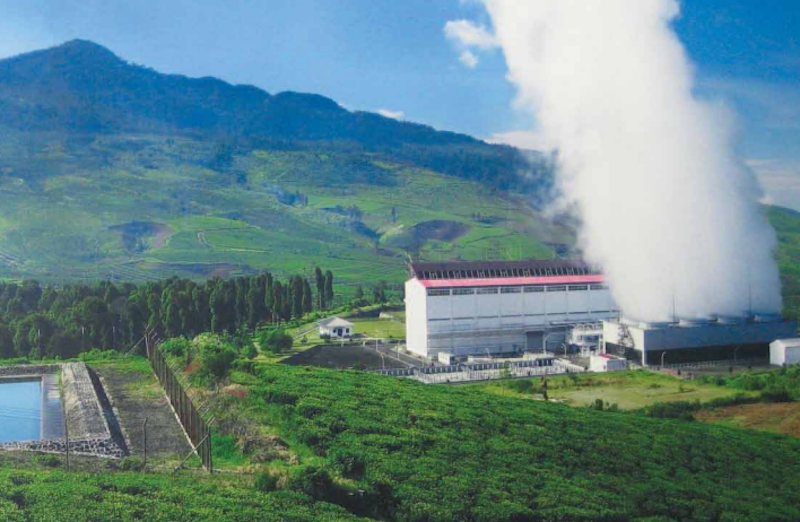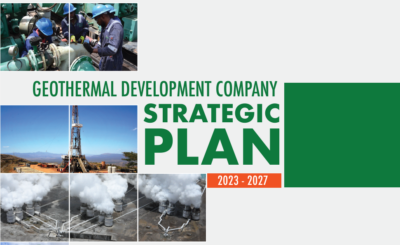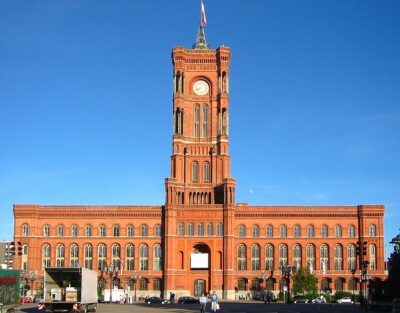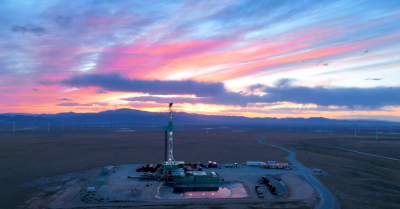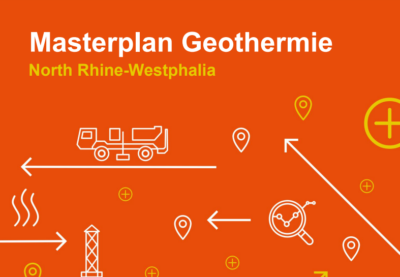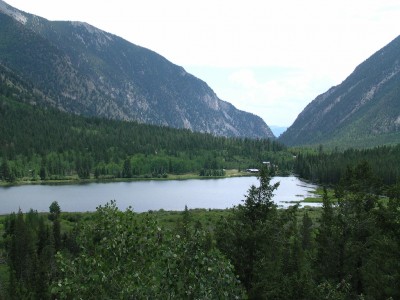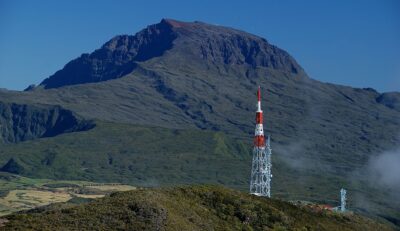World Bank/ ESMAP: Geothermal Energy on a hot path to ending energy poverty
The Energy Sector Management Assistance Program (ESMAP) of the World Bank has been supporting geothermal development worldwide with e.g. work on risk mitigation and other tailored approaches, described here in an article by ESMAP staff.
In an article published in conjunction with its workshop at the Iceland Geothermal Conference in Reykjavik, the World Bank’s ESMAP program describes how geothermal energy can help end energy poverty.
Geothermal energy development has followed the same storyline for many decades: a low-carbon energy source that can offer reliable and sustainable baseload power, whose development globally has been held back by high resource risk and costs of test drilling.
Around 40 countries in regions such as Africa, East Asia and the Pacific, and Latin America and the Caribbean have sizeable geothermal resources that can help them meet their energy needs in reliable and low-cost way.
Geothermal energy could also help curb harmful emission. The International Energy Agency (IEA) projects that geothermal power could account for 3.5% of global electricity production, with 200 GW of installed capacity by 2050. This would avoid 760 Mt of CO2 each year.
Even if there has been wide recognition that geothermal energy can be transformational for many countries, the prohibitively risky and expensive stages of early stage development have been a barrier to private sector investment and led to a slow growth of installed geothermal capacity for the past couple of decades.
Estimates show that in 2016, cumulative global geothermal capacity reached just over 13 GW. This is expected to rise to almost 17 GW by 2021, with the biggest capacity additions expected in Indonesia, Turkey, the Philippines and Mexico.
But the situation is changing.
Over the past five years, geothermal development has taken a different course, driven primarily by two factors: a global commitment to low-carbon development and the Sustainable Development Goal on energy (SDG7), and the strategic deployment of concessional climate financing to mitigate risks associated with initial stages of geothermal development.
Risk Mitigation Works
In 2013, the World Bank’s Energy Sector Management Assistance Program (ESMAP) launched the Global Geothermal Development Plan (GGDP). The initiative works with partners to mobilize concessional funding for upstream development and in turn, catalyze significant investment across the entire value chain.
In just five years, the GGDP has managed to spur an important shift in the sector. It has raised $235 million in concessional funding through the Clean Technology Fund (CTF), which has been made available to multilateral development banks (MDBs), including the World Bank to support upstream geothermal activities.
As a result, the mindset in these institutions shifted. Multilateral financing for upstream activities in 2013-2017 averaged around US$100 million per year with projects in at least 33 countries. This represents at least a four-fold increase in the share of MDB financing for early stage development, from only 6.7% in 1978-2012 to 29.2% in 2013-2017. Projects undertaken are expected to mobilize an additional $1.5 billion from other sources.
The World Bank has used both the resources raised by ESMAP and its technical assistance to build a more robust geothermal portfolio. Currently, six World Bank projects worth $610 million of IBRD/IDA and $689 million from other donors are financing upstream geothermal activities in Indonesia, Turkey, Ethiopia, Djibouti, and Armenia. Another four projects in Nicaragua, Dominica, St. Lucia and Indonesia are under preparation.
Other MDBs have similarly scaled up. The Inter-American Development Bank (IADB), the European Bank for Reconstruction and Development, and both Asian and African development banks have tapped into CTF funding to help de-risk geothermal fields in countries such as Chile, Mexico, Kenya, Indonesia, the Philippines and theEastern Caribbean.
Countries are also establishing de-risking mechanisms to attract and assists developers in the early phases of their investment. For example, with support from the World Bank/ESMAP and other partners, Indonesia is planning a new Geothermal Risk Mitigation Facility to leverage billions of dollars in private sector funding. This is a crucial step to bridging the $25 billion investment gap over the next 8 years to help the government add 5.8 gigawatts (GW) of electricity production with geothermal resources by 2026. In 2012 the World Bank supported the government through a grant from the Global Environment Facility (GEF) to undertake reforms, and also helped Pertamina Geothermal Energy (PGE) to begin its geothermal expansion program through a $175 million IBRD loan, along with $125 million of concessional financing from the CTF. In 2017, the World Bank provided $55.25 million in grants to support Indonesia’s Geothermal Energy Upstream Development Project. The CTF is contributing $49 million to support infrastructure development and exploration drilling and the GEF is contributing an additional $6.25 million to support technical assistance and capacity building.
Tailored Approaches Work
Global experience has also shown that approaches to geothermal expansion can be tailored to fit different country settings. An ESMAP-funded analysis of the global portfolio of geothermal power projects commissioned prior to 2014 takes an in depth look into the support mechanisms for each project and outlines distinct approaches countries have taken to expand their geothermal energy. For example, countries such as Mexico, Kenya, El Salvador and Costa Rica have relied almost entirely on public resources for geothermal expansion to develop over 3.6 GW of energy. Their success was driven by strong government commitment and available public funds.
Increasingly, however, more countries have been opening doors to private developers and are increasingly following a model where the public and private sectors share the cost and risks. As an example, one of the key-components to Turkey’s unparalleled growth in geothermal development, has been the de-risking of geothermal fields using public funds. Now that the de-risked fields have largely been developed, the World Bank has approved a $350 million project developed with support of ESMAP which included a $40 million risk sharing mechanism to cover part of the cost for failed exploration wells in up to 20 projects that are expected to confirm about 210 MW of geothermal capacity. This is expected to mobilize about $200 million of private capital and incentivize exploration outside the most developed areas.
Another example of cost sharing between public and private sectors is St. Lucia, where concessional financing will be used to carry out an exploration drilling campaign in an area with high prospects. If the resource is confirmed the government will engage a private company to fully develop the field.
These approaches and other lessons learned from international experience were discussed at the 4th Iceland Geothermal Conference in Reykjavik on April 24-27, during a session jointly organized by the World Bank / ESMAP and Iceland Geothermal. The session commemorated the fifth anniversary of the GGDP by discussing how the World Bank is working with countries to help them scale up geothermal development to reach their energy and climate change goals. The event brought together representatives from World Bank client countries to share knowledge designing and implementing projects and to call for further action. It also focused on how geothermal projects can ensure proper social inclusion, delivering equal benefits to women and vulnerable groups.
Source: “Geothermal Energy is On a Hot Path to Ending Energy Poverty”, Nansia Constantinou, ESMAP/ World Bank
